Frustration over America’s supposed economic decline has been front and center in this year’s presidential campaign. Clearly, a substantial number of Americans feel betrayed by government, the private sector, or both. In many respects their anger is justifiable: in recent decades, millions of jobs have moved overseas, opportunity has stagnated, and prosperity has become increasingly concentrated in the hands of a few.
This narrative of decline has been particularly potent in former industrial areas that have been devastated by enormous losses in manufacturing jobs. But as an important new book confirms, the past need not be prologue. In “The Smartest Places on Earth: Why Rustbelts Are the Emerging Hotspots of Global Innovation,” Antoine van Agtmael and Fred Bakker argue that economic and technological trends have positioned many older industrial cities in the United States and Northern Europe to thrive once again. In the eyes of van Agtmael (the investment guru who coined the term “emerging markets,” and a trustee and funder of the Brookings Institution) and Bakker (the former editor-in-chief of Holland’s largest financial newspaper), many of these places have the potential to become hotbeds of innovation and advanced manufacturing over the coming decades. Places like Akron, Ohio and Albany, N.Y. in the United States and Eindhoven and Dresden in Europe contain deep industry expertise, world-class research institutions, a spirit of collaboration across disciplines and sectors, and a sense of urgency—the kind that can only come from having hit rock bottom in decades past.
In van Agtmael and Bakker’s view, the nature of global competitiveness has changed dramatically over the past few decades. In the early stages of globalization, companies prioritized cheap labor above the overall value of products. Financial pressures caused many firms to shrink their research budgets and outsource process innovation. The result: millions of jobs moved away, companies became less innovative, and manufacturing processes became stuck in the past.
But the digital revolution has caught up to outsourcing, creating a new paradigm that is highly favorable to the ecosystems that exist in the United States and Northern Europe. Today, nearly every industry (including manufacturing) incorporates some kind of software into its production, and high-value goods are increasingly equipped with technology that provides instant feedback to users, linkages to data analytics, and connections to the Internet of Things. These digital technologies are almost exclusively created in the United States and Europe, and companies are finding it advantageous to link the physical production of products with the introduction of products’ software components. The perks of inexpensive labor are being outweighed by the benefits of coordinated manufacturing and software design.
Additionally, the most significant breakthroughs in science and technology are occurring at the intersections of various disciplines. New scientific discoveries have expanded the boundaries of more-traditional industries, creating new possibilities and technological frontiers in industries close to home.
The combination of these factors has propelled a number of older industrial cities to the forefront of the global advanced industry landscape. Akron, once the tire-making capital of the world, is now a leader in advanced polymers. Albany has vaulted itself to the cutting edge of nanotechnology. In Europe, Eindhoven has turned a former Phillips Electronics facility into one of the world’s leading technology hubs. Dresden is home to a range of world-class semiconductor manufacturers. All of these places have cultivated a deep ecosystem of talented workers and a culture of knowledge sharing among their major companies, industry clusters, and academic centers.
Van Agtmael and Bakker emphasize the critical role that “connectors” play in turning rustbelts into brainbelts. Innovation today is, at its core, multidisciplinary, and for cities to fully leverage their distinct assets, they need actors to operate as go-betweens for the private sector, academia, philanthropy, and government. All of the brainbelts highlighted by van Agtmael and Bakker have been driven by a person or an organization that galvanized a collective vision, brought all the players to the table, and coordinated efforts between the various sectors.
Establishing quality of place also plays an important role in turning rustbelts into brainbelts. When advanced industry actors cluster together in a specific, dense geography, it facilitates precisely the kinds of cross-sector interactions that drive innovative activity. These areas, known as innovation districts, also provide an environment that attracts and retains talented workers, who increasingly want to live, work, and play in dense urban areas that contain high concentrations of cultural amenities, links to transportation, and attractive public spaces.
As van Agtmael and Bakker point out, the basis of competitiveness in the 21st century is knowledge. Many of our former industrial cities, through their universities and industrial pasts, possess considerable assets in this regard. And so these places’ success or failure in the 21st century will largely be determined by their ability to leverage this knowledge.
As the general election approaches, the nation’s attention will be increasingly devoted to battleground states like Ohio, Michigan, and North Carolina. Rather than giving in to the temptation to channel our energy into anger over past policies, let’s have a constructive discussion about how we can best harness the renewed potential of these older industrial areas. Van Agtmael and Bakker have provided a provocative start to that conversation.
Editor’s Note: Antoine van Agtmael is a donor to the Brookings Institution. The findings, interpretations and conclusions posted in this piece are solely those of the authors and not determined by any donation.
The Brookings Institution is committed to quality, independence, and impact.
We are supported by a diverse array of funders. In line with our values and policies, each Brookings publication represents the sole views of its author(s).
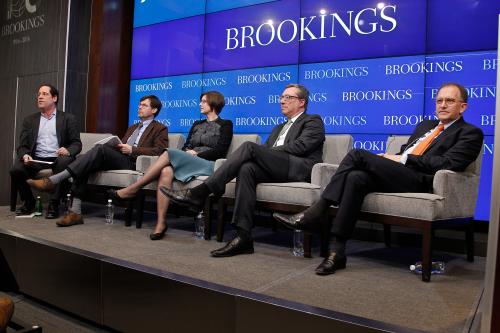
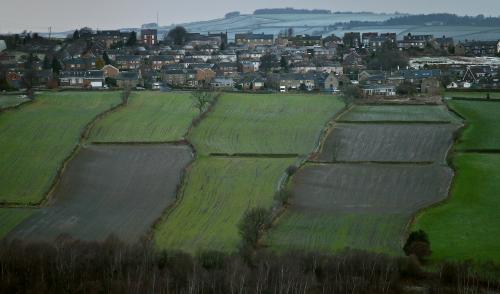
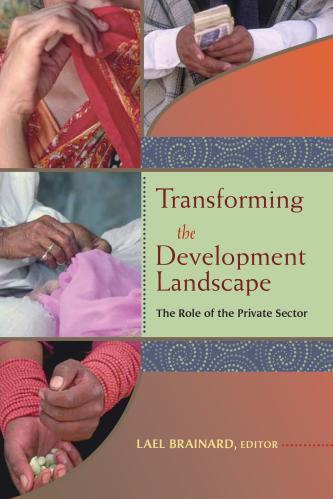
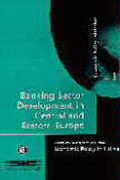





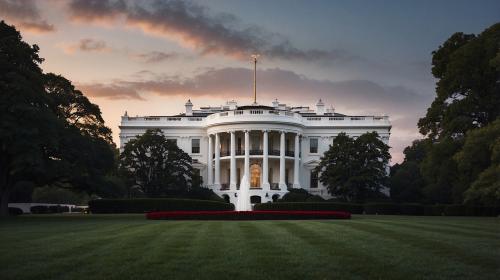
Commentary
From rustbelts to the ‘smartest places on Earth’
April 4, 2016